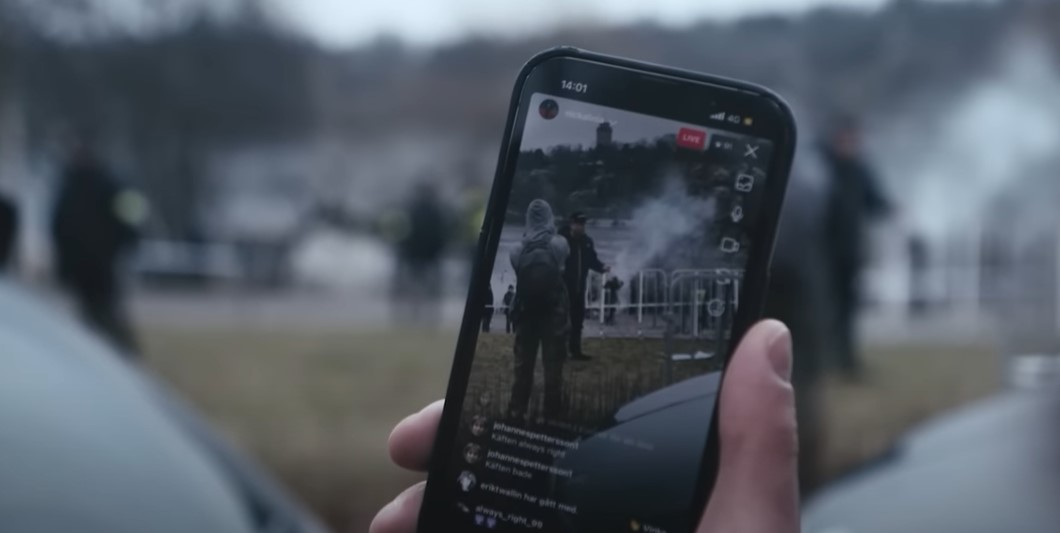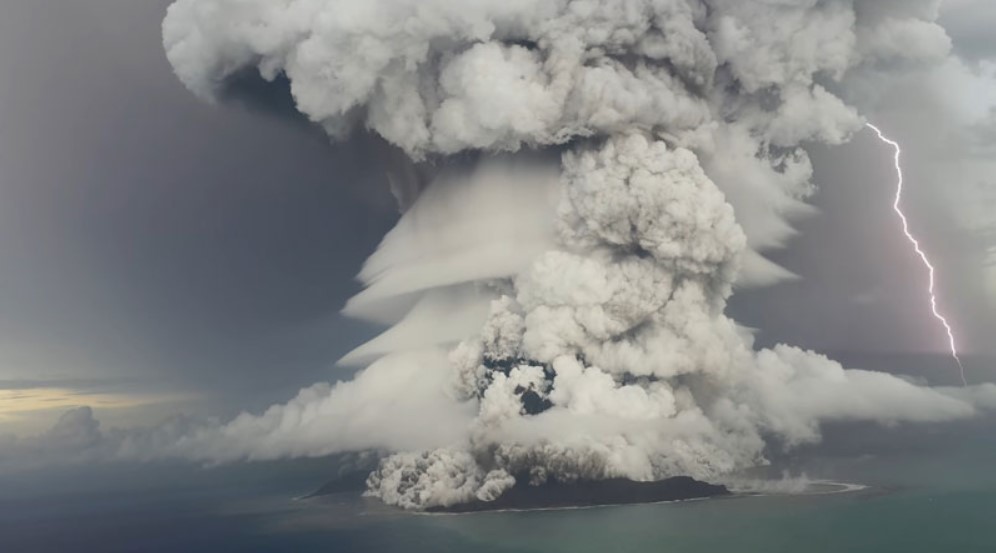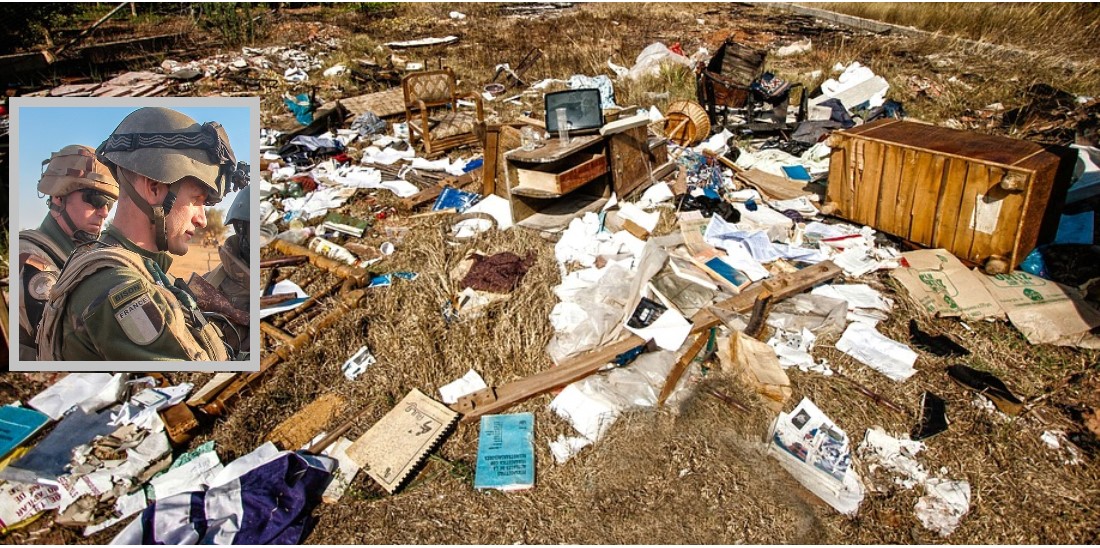Before 1994, poaching was rare because there were other abundant food sources as well as alternative sources of income. But with South African borders becoming porous under ANC-SACP rule, the first evidence of the poaching of elephants in the north of the Kruger National Park has both shocked and dismayed wildlife enthusiasts in southern Africa.
“It seems poachers have resorted to wildlife poisoning in the national parks and other protected areas in southern Africa,” Glenn Phillips, the park’s managing executive, said in a statement in March 2016 when the news broke of a second mass killing.
Although the Kruger is one of the best protected wildlife parks, nineteen of these majestic animals have been poached to date. Sadly, the stark reality of the entrenched African belief system hit home in the Kruger National Park when a game ranger alerted authorities to the first mass-poisoning of vultures at an elephant carcass in the Vlakteplaas section of the Park.
A second mass poisoning took place in the KNP in March this year, claiming 110 of the critically endangered white-backed vultures, one elephant, two lions and two black-backed jackals. Initial investigations showed the elephant was shot in the head, its tusks removed and its carcass laced with poison.
This follows after an elephant, four lions, 46 white-backed vultures and a bateleur were poisoned in October last year. Both poisonings took place in the Vlakteplaas section of the park.
Animals in Africa are not only eaten, but hunted for more sinister reasons such as magic and sorcery. The poaching of elephants to attract vultures is a well-known but chilling fact. The heads of the birds were removed, the paws of the felines as well as various other body parts.
FWM visited a wildlife sanctuary at the Hartbeespoortdam outside Johannesburg, South Africa, last month to see some of the endangered species, including several kinds of vultures.
Six of Africa’s 11 vulture species – the continent’s largest and most recognisable birds of prey – are now at a higher risk of extinction, according to the latest assessment of birds carried out by BirdLife International for the IUCN Red List of Threatened Species. The main cause of the drop in African vulture populations is the use of vulture body parts in African “medicine” potions.
Vultures are deliberately targeted by poachers, as the presence of vultures can alert authorities to illegally killed big-game carcasses such as rhinos. Rhino horns fetch extremely high prices on the black market in Asia, because powdered horn is thought to enhance male sexual prowess. Among South African blacks too, so-called “sex muthi” is prized by both women and men, as the tabloid The Daily Sun reported earlier this year.
A study released today in the conservation journal Oryx reveals that since 2012 ivory poachers have increasingly used poisons to kill elephants or to contaminate their carcasses specifically to eliminate vultures, whose overhead circling might otherwise reveal the poachers’ presence.
Darcy Ogada, lead author of the study told The Lowvelder, “In April 2012 we held our first Africa-wide vulture meeting to address rapidly declining populations and this threat was not even mentioned. It has exploded in magnitude with the ongoing slaughter of elephants and currently represents the biggest cause of vulture mortality. Between 2012 and 2014, 155 elephants and 2 044 vultures were killed in 11 poaching-related incidents in seven African countries. The number of vulture fatalities associated with each ivory-poaching incident is more than 30 times that recorded in other poisoning incidents since 2012.”
Ornithologists were about to commence with the tagging of vulture nestlings in Kruger and elsewhere in the Lowveld, but had to put their projects on hold to witness a sickening sight: More than a hundred poisoned headless birds, killed for “muthi”, the African word for magical potions.
The researchers had to assist SANParks staff on the ground to collect samples for analysis and to decontaminate the scene as urgently as possible in order to avoid a deadly spread into the ecosystem.
It was evident that the elephant was deliberately poisoned in order to kill other wildlife and a total of 45 critically endangered African White-backed Vultures, one sub-adult Bateleur male and four beautiful lions were killed after feeding from the carcass which was laced with Carbofuran.
The aim of the mass killing of the animals and birds was to collect parts of the carcasses for “muthi”, the researchers concluded. The section ranger, Marius Snyders and his staff’s rapid action and dedication to ensure that the entire scene was decontaminated and poisoned carcasses destroyed after samples were taken, saved many other animals in the delicate food chain.
An adult Hooded and an immature African White-backed Vulture were rescued at the scene and these birds were handed over to the Moholoholo rehabilitation centre for treatment.
But it took almost five days to ensure that there was no further risk of poisoning from the elephant carcass, says André Botha, the manager of the Birds of Prey Programme for the Endangered Wildlife Trust.
Botha told The Lowvelder that this poisoning claimed 4,5 percent of Kruger’s white-backed vulture population. “This is having a massive impact on the population,” he warned.
On the 20th of November 2015, information relating to the poisoning of 22 more African White-backed Vultures was received from Letaba Ranch, a private game reserve north of Phalaborwa in South Africa’s Limpopo province. In this case it seems that the birds were poisoned after two buffalo carcasses were laced with poison.
The motives for these killings were evidently for “muthi” as all the birds had their heads and certain parts of their intestines removed. A team of volunteers under the leadership of Lutz Otto were able to properly assess the scene and eliminate the threat of further poisoning from the carcasses.
Juvenile vultures are dependent on their parents for a period of five to six months and only about 30 percent of the chicks survive the first year. Vultures play a vital role to prevent the spread of disease to humans and animals and it is thus important that people are made aware of their role in the ecology.
In India the decrease in vultures has led to an increase in diseases like rabies. What is critical to note is that the decline in vulture numbers in Africa may have the same effect.
According to Walinzi Wildlife Protection Unit Director Darryl Shaun Milner, muthi medicine practitioners believe that sleeping with a vulture’s head gives a person clairvoyant powers and the ability to predict sports scores, and Lotto numbers to become rich. “This poaching was definitely intentional poaching for muthi reasons,” Milner said.
On Friday November 20, a group of volunteers called the Letaba Ranch Honorary Rangers after they had come accross 22 poisoned vultures. The carcasses were found hidden in a drainage line.
Their heads, gullets, chests and most of their feet were removed. The white-backed vultures were poisoned with parts of a buffalo carcass laced with poison that were strategically positioned in a clearing on the crest of a hill to kill them.
Milner said the buffalo were caught in snares and once dead, the poachers butcher the buffalo and poison the meat which they then place in a high, open area for the vultures to see. “The vultures then eat the poisoned meat which kills them close by as it has a very quick reaction,” Milner explained.
He said poachers used poison because it was quick and also did not damage the vulture. According to Milner this was the first time that vulture carcasses had been found on this particular reserve.
“There has been a huge national increase with Vulture Poaching as a whole, all over South Africa. The general public do not concentrate on vulture poachers and/or do not know about it as the Vulture is not classified as a “high-end” species such as the rhino,” said Milner.
According to Milner, Otto, who headed up the Letaba Ranch Honorary rangers, got groups of volunteers to join him for weekends at Letaba Ranch National Park to help do anti-poaching patrols to collect snares as LRNP ( Letaba Ranch National Park) had a huge problem with snare poaching for meat.
He said just this year, they had collected more than 250 snares.
Otto said the killings were worrying. “An increase of this activity is extremely concerning – Besides they serve negative consequence on an already endangered species, this poison if not controlled, continues to work through the ecosystem as it indiscriminately kills particularly predators, omnivores and scavengers,” he concluded.
Director of the Griffon Poison Information Centre Gerhard Verdoorn warned in 2013 already that there had been a dramatic increase in the number of vultures killed for “muthi”.
He said that previously “a traditional healer had to kill the animal himself for it to have the necessary powers but, now that it has become commercialised, all the principles have fallen by the wayside”.
In all, 48 Cape griffon vultures and an African white-backed vulture were found poisoned near Swartberg in the same province. “While the global population of white rhino is estimated to be more than 20 000 individuals, Cape griffon vultures number far less than 10 000 individuals,” Verdoorn said.
A study by the Endangered Wildlife Trust found that Cape griffon populations in the Eastern Cape, KwaZulu-Natal, and Lesotho could be eradicated in 44 to 53 years.
But it took the Kruger National Park (KNP) four weeks to release information about the first mass poisoning incident because the motive for the killing was “muthi” which is regarded as a politically sensitive issue as it involves black cultural beliefs.
When journalist Paula Froelich visited the notorious Faraday Market in April 2015 where “traditional healers” buy and sell herbs mixed with animal and sometimes human body parts for her programme “A Broad Abroad on Yahoo Travel”, she was stopped from filming the controversial areas of the market.
Several attempts at contacting officials at the KNP about the future of the park’s vulture populations by FWM, were met with silence.
When rangers were alerted to the carcass of an elephant, dead animals were scattered in a radius of 300 metres from it. The face, feet and back skin of one lion had been removed, showing without doubt that the killings were muthi-related.
KNP remained mum on the incident until the regional newspaper, The Lowvelder sent an enquiry to the spokesman for the park. They waited days for a response.
The spokesperson confirmed that it was not the first incident of poisoning in the park and that other cases had been reported on the boundaries of the Kruger. “This is most probably one of the worst methods used with devastating effects. If not detected quickly, mortalities can escalate to hundreds of animals. A single incident in the Caprivi [in Namibia] in 2013 led to the deaths of between 400 and 600 vultures due to late detection,” he said.
Botha told The Lowvelder that the incident had far-reaching effects. “For some people the loss of 45 white-backed vultures in the Kruger may seem insignificant with its estimated population of between 1 200 and 1 500 birds. But you have to look at the dynamics of those that were killed. The 17 breeding adults most probably had chicks in nests that are about two months away from fledgling and starting their life as juveniles. They will now have to rely on one adult to complete the cycle which poses a threat to their survival as it is near impossible for a single adult to raise a chick to fledgling.
“The future of the breeding pairs is also at stake as these birds are believed to mate for life thus impacting on future breeding. They will have to find a new mate and can only attempt to breed again at the start of the season next year,” he explained.
The same rule applied to the sub-adult bataleur which was ready to start breeding. “We must also take into account that there has recently been three major poisoning incidents in a small radius, bringing the loss of birds in the Lowveld to 120 since May. Should this trend continue, it will have a substantial negative impact on the populations of these endangered birds. The value of vulture parts has also increased and the probability of it being sold to various markets, can’t be denied,” he said.
For Botha and KNP staff who had to deal with the incident, it was a hideous experience. A Park spokesperson told The Lowvelder: “Something that must not be overseen is the emotional effect of the staff working with more than 50 dead animals at once and the continuous exposure to these poisoned animals. It took five days to clean up the site and successfully sweep the area and burn all the carcasses. Something that is imprinted in your mind forever.”
The northern parts of the KNP have been vulnerable to this type of practice as neighbouring black communities in Mozambique traditionally use poisoning as a method of hunting.
Meanwhile in Zimbabwe The Guardian reported that 22 elephants had been poisoned in the Hwange National Park, bringing the total number of mortalities in the country to 62 in only one month.
Wildlife and Environment Society of South Africa’s (Wessa) senior manager for wildlife and conservation initiatives, Chris Galliers, said one of the reasons poachers use poison is to target species – particularly vultures (vulture heads) and in some cases lions (for lion bones, claws, tail and teeth) for tradeable items.
“For example, the vulture heads are used for medicinal and superstitious purposes,” Galliers confirmed.
Acting head of communications at South African National Parks (SANParks), Reynold Thakhuli said it was suspected the animals poisoned were harvested by poachers for muthi purposes, with animal parts being put onto the traditional-medicines market.
Poison is an immense threat to the ecological system and has the potential of wiping out species, not just animals, and it can destroy the biodiversity as a whole, Wessa said and added that the use of poison was an indiscriminate killer of wildlife, with the ability to wipe out large numbers of animals in one go.
“Vultures are severely threatened and a mass killing poses a large threat to the overall population,” said Galliers.
FMW spoke to a black “traditional healer” from Tembisa, a black township near Midrand, about African superstitions. In black communities owls are targeted too because the birds are associated with unnatural evils.
“It’s when you don’t die naturally, when your death is caused by evil sprits. When you hear owls calling [above you at night] it means something very bad is going to be happening to you. It means bad luck. Somebody is going to die. The bad luck will go on and on, you can’t stop it. No way.”
In May this year a pair of majestic white lions were poisoned by poachers in South Africa who then beheaded them and chopped off their paws. The big cats, who were on a farm in Limpopo, were found dead, targeted by poachers as part of a muthi killing, where animal body parts are used for healing during black-magic rituals.
Local police told the British Daily Mail that they had picked up a number of suspects relating to the killing near the Stockpoort border crossing with the neighbouring country, Botswana.
Animal-rights activists and the Cape of Good Hope SPCA inspectors are concerned that there is a rise in the number of animals being killed for muthi. In the past few days wildlife inspectors attended multiple cases of animal abuse, including that of a captive Cape fur seal.
The SPCA is pursuing animal cruelty charges against a black, suspected “traditional healer” in Philippi East where the seal was found. The wildlife inspectors were alerted to a seal being illegally held at the house.
Janet van der Vywer, a wildlife inspector, said: “When we arrived on the scene, [the seal] was lying on the hot sand in direct sunlight. She had severe head trauma which caused one eye to bulge. She was having seizures.” Veterinary treatment failed and the staff had no choice but to euthanise the seal, the South African online news outlet, IOL learned.
South Africa’s Sea Birds Protection and Seals Protection Act No 46 of 1973 states that “no person shall pursue or shoot at or wilfully disturb, kill or capture any sea bird or seal”.
If the seal was removed from a marine protected area then suspects could also be charged using the Marine Living Resources Act 18 of 1988, which states: “No person shall in any marine protected area, without permission in terms of subsection (3) – (a) fish or attempt to fish (b) take or destroy any fauna and flora other than fish.”
They could also be charged under the Animals Protection Act No 71 of 1962.
In a separate case in Phumlani, a black informal settlement near Grassy Park, a resident was caught selling an injured mole snake. According to SPCA trainee wildlife inspector Minette Pieterse, a hawker wanted to sell the snake for R100.
“On inspecting the snake we discovered it appeared to have a broken back – likely as a result of being struck across its spine in order to subdue it.”
Animal rescue organisation Tin Can Town also rescued two tortoises from a sangoma’s home. Clarina Hanekom, resource developer of Tin Can Town, said the Cape mountain tortoise, which is endangered, was found dead, and the angulate tortoise, who they have since named Fat Albert, was found alive.
He was weak, with blood under his scutes, part of the thick bony plate on its shell. “It is believed that these two tortoises were to be used for muthi,” Hanekom told The Weekend Argus.














No comments.
By submitting a comment you grant Free West Media a perpetual license to reproduce your words and name/web site in attribution. Inappropriate and irrelevant comments will be removed at an admin’s discretion. Your email is used for verification purposes only, it will never be shared.